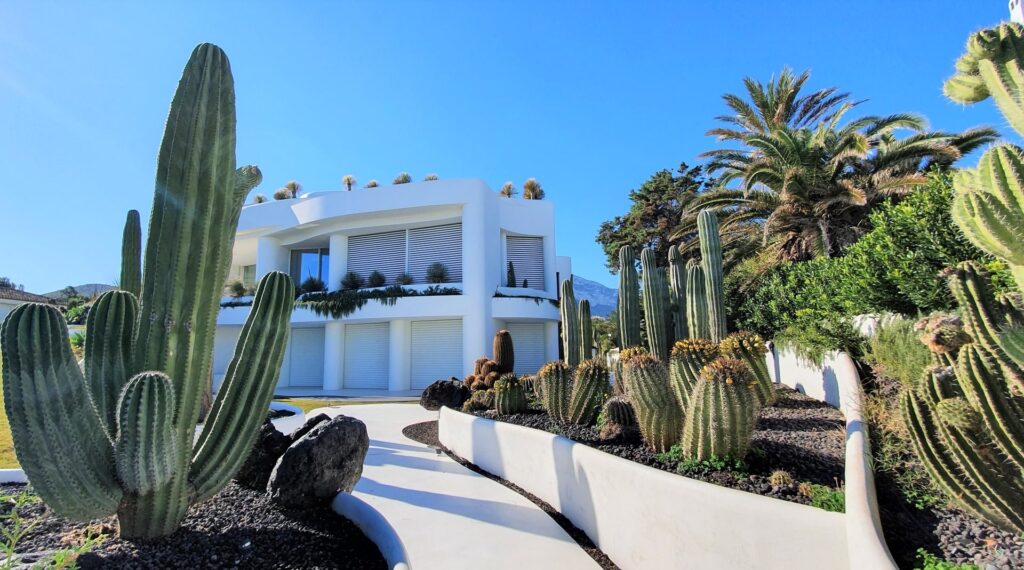
Introduction:
In an era of increasing environmental awareness, sustainable development practices have become paramount in the field of property development. Incorporating green practices not only benefits the environment but also contributes to long-term cost savings, enhances the quality of living, and strengthens the reputation of developers. In this article, we will explore the importance of incorporating sustainable solutions in property development and how these practices can pave the way for a more environmentally conscious and resilient future.
I. Designing for Energy Efficiency
Designing buildings for energy efficiency is a crucial aspect of sustainable property development. Incorporating features such as insulation, efficient HVAC systems, energy-efficient lighting, and renewable energy sources reduces energy consumption and lowers carbon emissions. Passive design techniques, such as maximizing natural light and ventilation, also contribute to energy efficiency. By embracing energy-efficient design principles, developers can create buildings that minimize their environmental impact and reduce operational costs for residents and tenants.
II. Water Conservation and Management
Water scarcity is a pressing global issue, making water conservation a vital consideration in property development. Implementing water-saving fixtures, rainwater harvesting systems, and efficient irrigation methods can significantly reduce water consumption. Developers can also incorporate landscaping designs that require minimal water and promote native plant species. By adopting water conservation and management practices, developers play a crucial role in preserving this precious resource and reducing the strain on local water supplies.
III. Waste Reduction and Recycling
Property development projects generate a substantial amount of waste during construction and operation. Adopting waste reduction and recycling practices helps minimize the environmental impact. Developers can implement strategies such as using recycled or sustainable building materials, practicing construction waste management, and promoting recycling programs for residents and tenants. By diverting waste from landfills and embracing circular economy principles, property developers contribute to a more sustainable and responsible construction industry.
IV. Green Building Certifications and Standards
Green building certifications and standards, such as LEED (Leadership in Energy and Environmental Design) or BREEAM (Building Research Establishment Environmental Assessment Method), provide a framework for sustainable property development. Developers can aim for these certifications to ensure their projects meet stringent sustainability criteria. Green building certifications not only validate the environmental performance of a development but also enhance its marketability and attract eco-conscious buyers or tenants.
V. Community Engagement and Education
Sustainable property development goes beyond the physical aspects of a project; it also involves engaging and educating the community. Developers can involve residents, tenants, and local stakeholders in sustainability initiatives, fostering a sense of ownership and shared responsibility. Educational programs, workshops, and community events can raise awareness about sustainable practices and empower individuals to adopt environmentally friendly behaviors. By promoting a culture of sustainability, developers contribute to building resilient and eco-conscious communities.
Conclusion:
Incorporating green practices in property development is essential for creating a sustainable and environmentally conscious future. By designing for energy efficiency, conserving water, reducing waste, aiming for green building certifications, and engaging the community, developers can minimize the environmental impact of their projects and promote long-term sustainability. Embracing sustainable solutions not only benefits the environment but also enhances the quality of living, reduces operational costs, and boosts the reputation of developers. By integrating green practices into property development, we can pave the way for a more resilient, sustainable, and prosperous future.